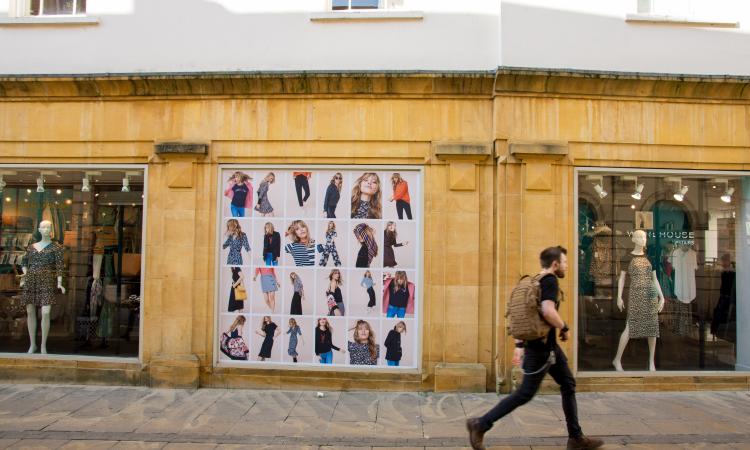With only some shops reopening and social distancing in place, will the high street meet consumer needs? Operators may have benefited from rent-holidays and the ‘furlough’ scheme. Will they risk reopening if they aren’t confident that customer volume will return to pre-Covid levels?
Non-essential retail is due to re-open on 15 June. What will the high street look like in the short and long-term. Better, worse or simply different?
Greater flexibility for our high streets may be on its way. On Friday it was reported that the government convened an expert panel in order to consider ‘very substantive changes’ to the planning system. According to the Sunday Times, one of the proposed measures would allow high street businesses to change their use “with complete flexibility”. Changes such as this have been called for by many in recent years, and so it is positive that discussions are occurring. The Prime Minister has also urged people to support struggling shops in order to kick-start the economy.
However, there is uncertainty over the level of demand operators can expect. Many consumers will not feel comfortable visiting physical stores given the risk of exposure. Others may have become accustomed to the convenience of online shopping or ‘click and collect’.
The Government has developed Covid guidelines to help shops reopen ‘safely’. In practice, this could be socially distanced queues, PPE, shielded checkouts, one-way systems and sanitising stations.
Despite this, it is clear that most people want to return to a sense of ‘normality’ at the earliest opportunity. Simple activities such as brunch with friends or having a haircut now seem like social events of the year. The ‘experience’ of a place and the importance of being able to touch and feel products has not disappeared overnight.
However, with only some shops reopening and social distancing in place, will the high street meet consumer needs? Operators may have benefited from rent-holidays and the ‘furlough’ scheme. Will they risk reopening if they aren’t confident that customer volume will return to pre-Covid levels? The British Independent Retailers Association (BIRA) has stated that 20% of surveyed retailers will not re-open post-lockdown.
Whilst all parties want the high street to recover quickly, the reality is that the process will be more gradual than the immediate shock of ‘lockdown’.
Could the impact of the pandemic result in positive effects on town centres?
Centre for Cities has shown that 40% of people can do their job from home. Covid will accelerate greater flexibility in working arrangements and with more people at home, there is scope for local centres to experience an increase in footfall and demand. Changes in working patterns may reverse the polarisation that has occurred over the last decade, whereby the largest centres have increased their market share at the expense of smaller centres.
Many operators have engaged positively with customers during the pandemic via technology; retailers have created virtual experiences and gyms have streamed home-workouts. The operators embracing change and maintaining brand loyalty will benefit by being the best suited to adapt to the post-Covid environment.
The high street will look different in the short term. What we don’t know is how long it will take to return to normal and what normal now is? I fully expect our high street to evolve; and to be successful, operators need to embrace multi-modal engagement with consumers. Changes to the planning system to allow greater flexibility within town centres would be welcomed and should be explored further.

